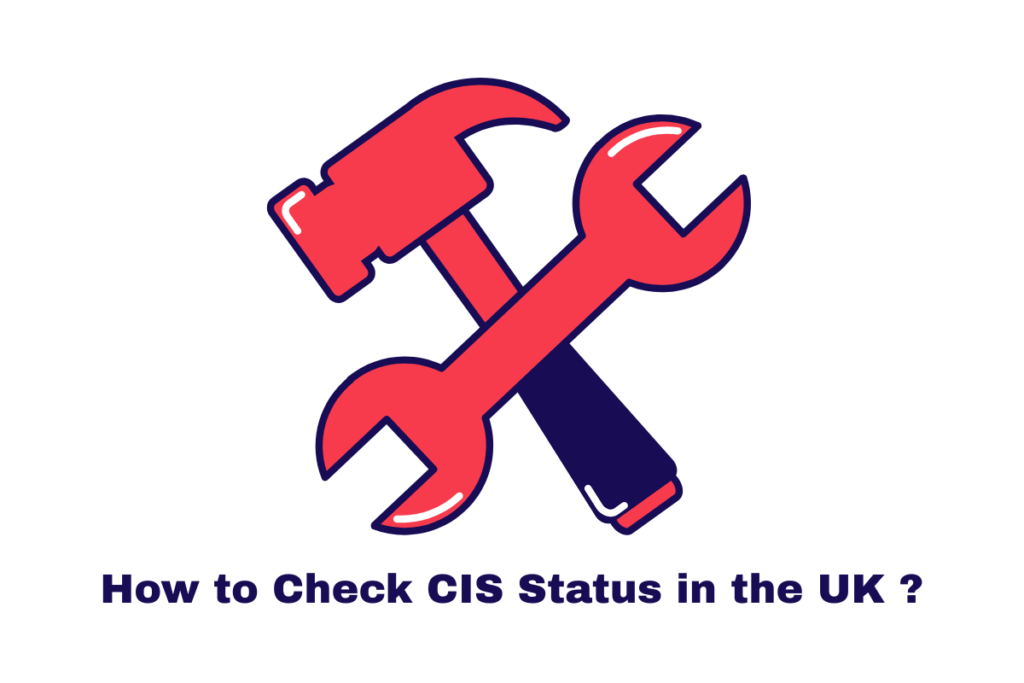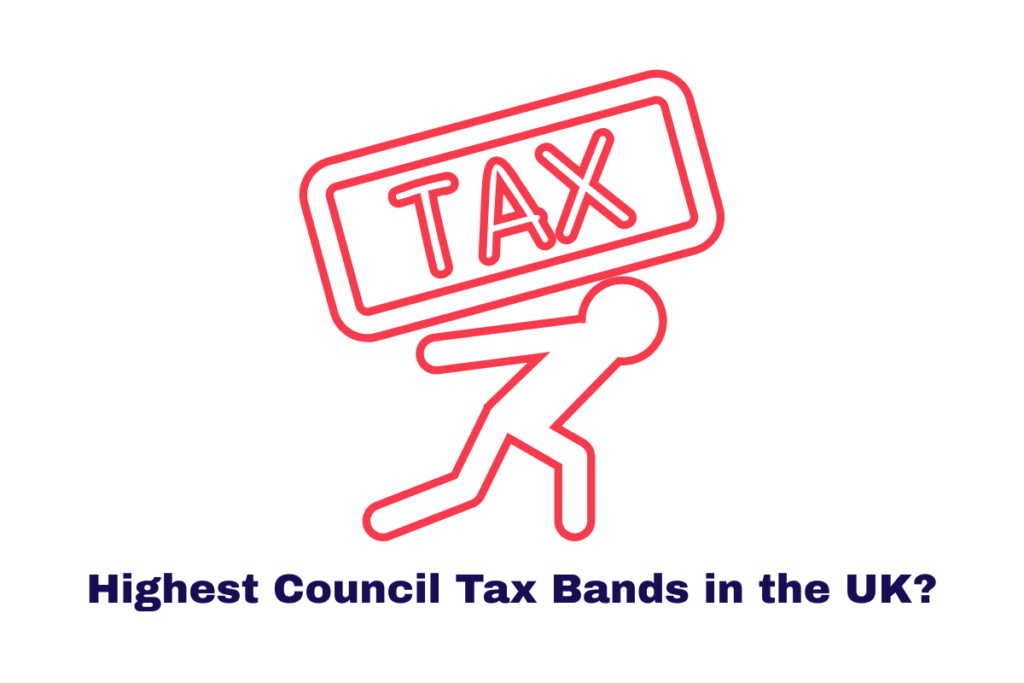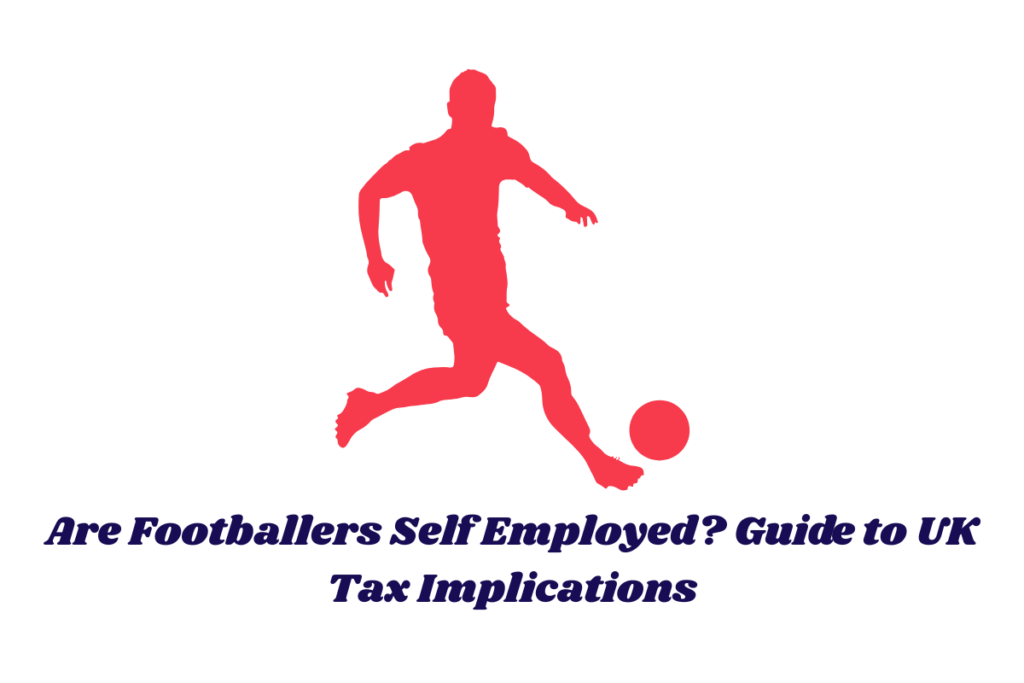If you’ve ever worked in payroll or run a business in the UK, you’ve likely come across the term P14 form. But what is P14 form exactly, and why does it matter for tax compliance?
In this guide, we’ll break down the P14 form’s purpose, contents, and importance in HMRC’s payroll reporting system. Whether you’re an employer handling PAYE or an employee keen to understand your annual summary, this article provides everything you need.
Summary
“The P14 form summarises an employee’s pay, tax, and National Insurance for a tax year and is essential for HMRC compliance.”
What is P14 Form?
The P14 form, often referred to as the End-of-Year Summary, was a critical document used in the UK’s PAYE (Pay As You Earn) system.
It detailed each employee’s taxable income, National Insurance contributions (NICs), statutory payments, and other deductions for a given tax year.
While the physical form has largely been replaced by Real Time Information (RTI) submissions, understanding the historical and functional significance of the P14 is still crucial.
Introduced as a way to provide HMRC with a comprehensive overview of employees’ annual pay data, the P14 form helped ensure accurate tax calculations and national insurance accounting.
Summary
“The P14 form was historically used to submit year-end employee pay and tax information to HMRC.”
What Did the P14 Form Include?
The P14 form included several key components:
- Employee’s full name, NI number, and tax code
- Gross taxable pay for the year
- Income Tax and NICs deducted
- Statutory payments (e.g., Statutory Sick Pay, Statutory Maternity Pay)
- Employer and employee pension contributions
- Student loan deductions
- Benefits or expenses paid to the employee
Each section aimed to give HMRC a full breakdown of how much the employee earned and how much was deducted.
Summary
“The P14 form covered pay, deductions, student loans, and statutory payments in one complete report.”
You can also read our more guides on Personal Tax:
What is a Sole Proprietorship? Things You Should Know
How Much Will I Pay Tax on My Bonus in the UK?
How to Check CIS Status in the UK ?
Highest Council Tax Bands in the UK?
When and How Was the P14 Form Submitted?
Prior to the introduction of RTI, employers were required to submit a P14 form for every employee at the end of the tax year, alongside the P35 Employer Annual Return. These forms had to be submitted by 19 May following the end of the tax year (5 April).
Submission could be done either by paper (which is now obsolete) or through HMRC’s Online Services using approved payroll software. The shift to RTI in 2013 made such year-end forms largely redundant, as employers now report PAYE information in real time throughout the year.
Summary
“Employers used to submit the P14 annually by 19 May, but now report similar data through RTI.”
Importance of Accuracy: Avoiding Discrepancies
One of the biggest challenges in handling the P14 form was ensuring data accuracy. Even small mistakes in pay figures or NI contributions could lead to HMRC discrepancies, triggering penalties or audits.
Employers were advised to double-check:
- Employee NI numbers
- Tax codes
- Statutory deductions and benefits
- Final pay figures
To reduce errors, HMRC offered guides and validation tools via their Basic PAYE Tools.
Summary
“Accurate completion of the P14 form was vital to avoid fines and HMRC investigations.”
How to Fill Out the P14 Form (Before RTI)
Even though it’s now outdated for most businesses, it’s still valuable to know how it was filled out:
- Start with employer information – company name, address, and PAYE reference.
- Enter employee details – including full name, NI number, and tax code.
- Report earnings – list gross taxable pay, bonuses, and commissions.
- Input NIC details – include both employee and employer contributions.
- Add statutory payments – like SSP, SMP, or parental leave pay.
- Include student loan deductions – indicate repayment plan if applicable.
- Cross-check and submit – ensure accuracy before submitting to HMRC.
Summary
“Filling out the P14 form required detailed records of pay, taxes, and deductions.”
P14 Form vs. P60 Form: What’s the Difference?
Many confuse the P14 form with the P60 form, but they serve different audiences:
- P14 was for HMRC, submitted by employers.
- P60 is for employees, summarising the same tax year data for their own records.
Both were generated from payroll systems at the end of each tax year, but only the P60 is still actively used today in the post-RTI environment.
Summary
“The P14 was HMRC-focused, while the P60 is employee-focused with similar year-end data.”
Does the P14 Form Still Exist?
With the introduction of Real Time Information (RTI) in April 2013, the use of the P14 form has been phased out. Now, employers submit Full Payment Submissions (FPS) and Employer Payment Summaries (EPS) regularly throughout the year.
These submissions contain the same kind of data that the P14 used to provide but in a more real-time format.
Summary
“P14 forms were replaced by RTI submissions like FPS and EPS, offering HMRC more timely payroll data.”
Why Is It Still Important to Understand What is P14 Form?
Although it is no longer in use, understanding its role is still important:
- For accountants reviewing historical records
- For employers referencing old payroll data
- For training new payroll staff
- For legal or audit purposes
Some businesses may need to look back at P14 data during disputes, tax reviews, or employment history checks.
Summary
“Knowledge of the P14 form is useful for reviewing past records and staying compliant in audits.”
Key Takeaways
- The P14 form served as an annual employee summary sent by employers to HMRC.
- It included income, tax, NICs, statutory payments, and more.
- Submission deadlines were set for May following the tax year end.
- Errors could lead to HMRC penalties, so accuracy was critical.
- The form was replaced by RTI submissions but remains important for historical reference.
Summary
“The P14 form played a vital role in payroll compliance, and understanding its legacy helps ensure robust tax practices today.”
Final Words
Understanding what is P14 form is not just about looking back—it’s about equipping yourself to manage payroll accurately and comply with HMRC’s ever-evolving rules.
As the landscape of taxation shifts toward automation and real-time submissions, having a solid grasp of foundational documents like this keeps both employers and accountants ahead of the curve.
Summary
“The P14 form may be history, but its principles of accurate, transparent payroll reporting are more relevant than ever.”
The content provided on TaxCalculatorsUK, including our blog and articles, is for general informational purposes only and does not constitute financial, accounting, or legal advice.
You can also visit HMRC’s official website for more in-depth information about the topic.











